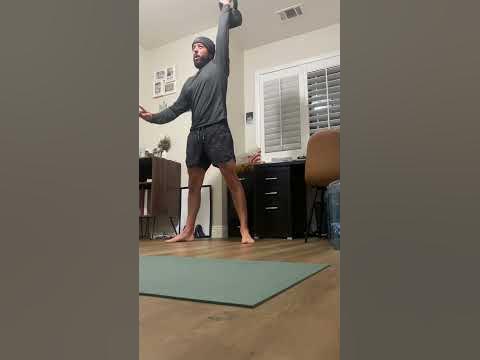Hope the link works, but I think this video of Ksenia Dedyukhina is great to watch for pointers on form. I haven't practised the snatch in quite a while as I'm focussing on getting my swing right, but this is one I'd go back to once I'm ready. As always YMMV!
IMO, there's actually a lot of overlap between GS and hard style. The most essential defining difference between the styles is straight hinge hip action in hard style and the pendulum hip action in GS. In hard style, the downswing is all flexion: hips, knees, ankles (dorsiflexion). The upswing is all extension: hips, knees, ankles (plantarflexion).
In the GS pendulum, the knees straighten and hips raise at the end of the downswing, and then the knees rebend on the upswing. This rebending is considered a fault in hard style.
People tend to fixate on the corkscrew drop in GS as the big difference between hard style and GS, but as far as I'm concerned a corkscrew drop with a hard style hinge is still legit hard style, although you rarely see it and I don't know how "officially" approved it is.
Although it does strike me as odd to post a GS video in a thread on hard style snatching without any specific comment about how it is applicable, after watching the video there are definitely some principles that apply to the OP.
Starting around 3:00 (the video is cued to that point below), when the video goes to more of a side angle, you can see how she gets her arm connected to her body on the drop, so when she absorbs the force at the bottom, her arm is straight and locked down to her torso. Joe Daniels comments on this in the narration at about 3:05 and 3:32. Even if you ignore all other aspects of her style, this element is directly applicable to the issue the OP asked about.
Although I basically practice hard style, I think StrongFirst has missed out on a lot by being overly doctrinaire about building a wall between hard style and GS. It's like teaching the powerlifts or Olympic lifts (which StrongFirst does) but dismissing a lot of the technique of competitive athletes in those disciplines instead of synthesizing and assimilating it. In commenting on the high tension techniques from PTTP, Louie Simmons once said that Pavel "reverse engineers what strong people do naturally." But when it comes to GS, it's dismissed as "not what we do."
The video above is a great example of Joe Daniels watching a world class athlete and analyzing and reverse engineering her technique to apply principles to his own practice. The overall technique might not be hard style, but that doesn't mean hard style lifters can't learn from it.
There are a lot of potential lessons to be learned from Girevoy Sport, but it can be quite different from RKC and SF practices. Imho, there are more similarities than differences and the differences are often overstated.
+1,000,000

 youtube.com
youtube.com

